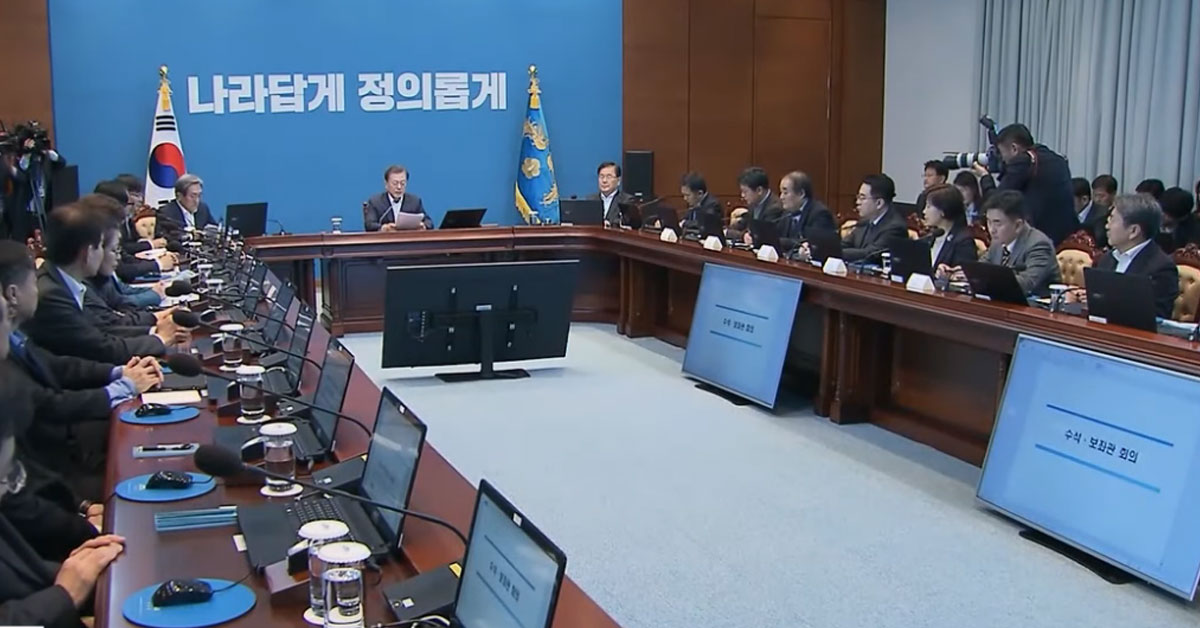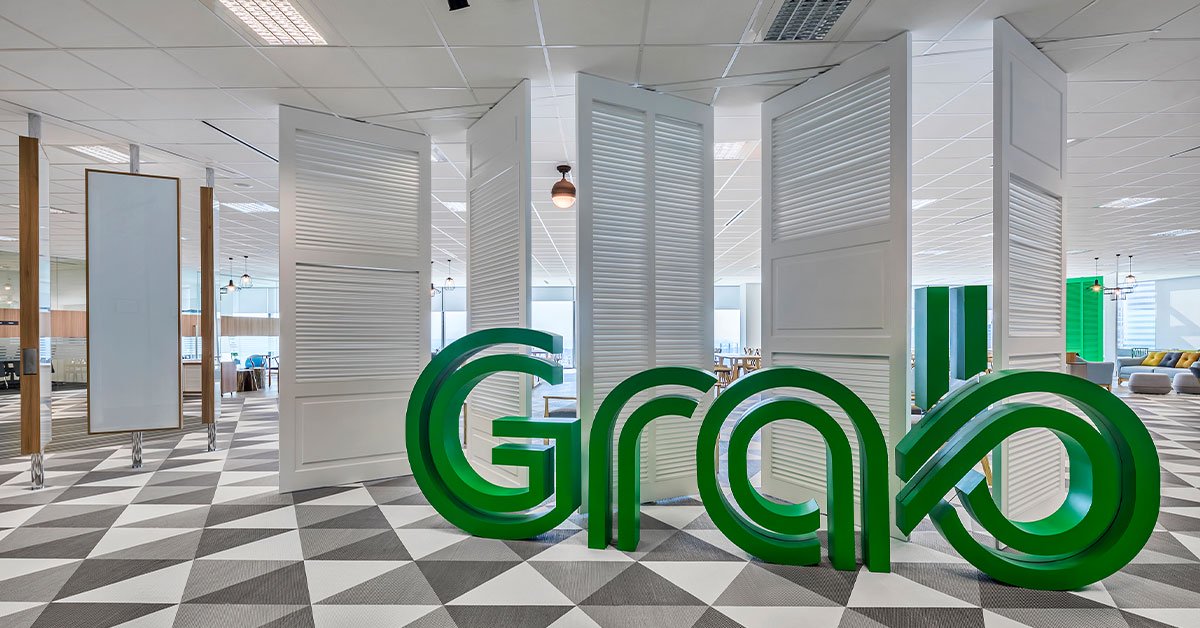It’s a dire situation in South Korea.
So dire, the President said this during a visit to Daegu, the epicentre of COVID-19 in the country: “The situation is very grave.”
But he added, “We will achieve a victory in the fight against this virus.”
And he’s good reasons to say that: in the second update today (25 Feb 2020), 144 new confirmed cases were reported, taking the total to 977 confirmed cases.
That’s the largest among all countries outside of China.
It was so bad that a senior health official overseeing the COVID-19 efforts in Daegu, who is also a member of the Shincheonji church that could have indirectly caused the outbreak, was tested positive for the virus. Apparently, he had not disclosed his link to the church until he was tested positive.
977 Confirmed Cases & 10 Deaths
The good news here is that more than 80% of the cases are in the city Daegu and neighbouring North Gyeongsang province.
Most of the cases are linked to the Shincheonji church cluster, whereby a 61-year-old woman infected many others when she refused to be tested for COVID-19.
And South Korea isn’t having any of it: they now planned to test all Shincheonji members—even members who are outside of Daegu.
They said, “We have constantly requested the list (of Shincheonji members) based on our assessment that it is essential to test all of the church members in order to contain the spread of the virus and relieve public anxiety.”
The church leader had agreed to provide the authorities with the names of all its members in South Korea, which comes out to be about 215,000. However, they asked the Government to protect the privacy of the list and not to make it public.
Join our telegram channel for more entertaining and informative articles: https://t.me/goodyfeedsg
Lest you’re unaware, the country is on its highest disease alert, and some details on the measures during this level is revealed.
Government Can Force Public Activities to Halt
Not much details were revealed on the measures, but a few were mentioned.
For a start, the Government will now have the power to forcibly prevent public activities.
They can also order a temporary closure of schools if needed.
The President is thinking of asking the National Assembly (think of it as Congress in the US or the Parliament in Singapore) to draw up a supplementary budget even when they’re already using emergency funds.



